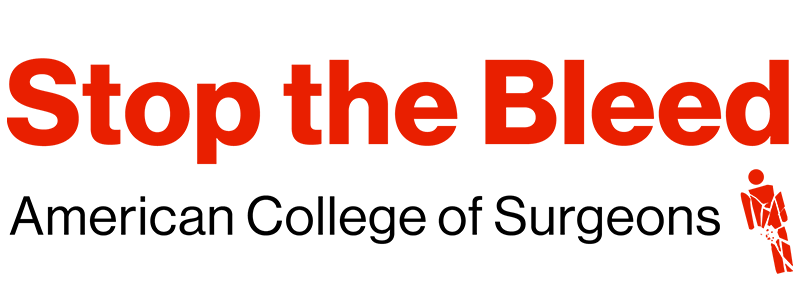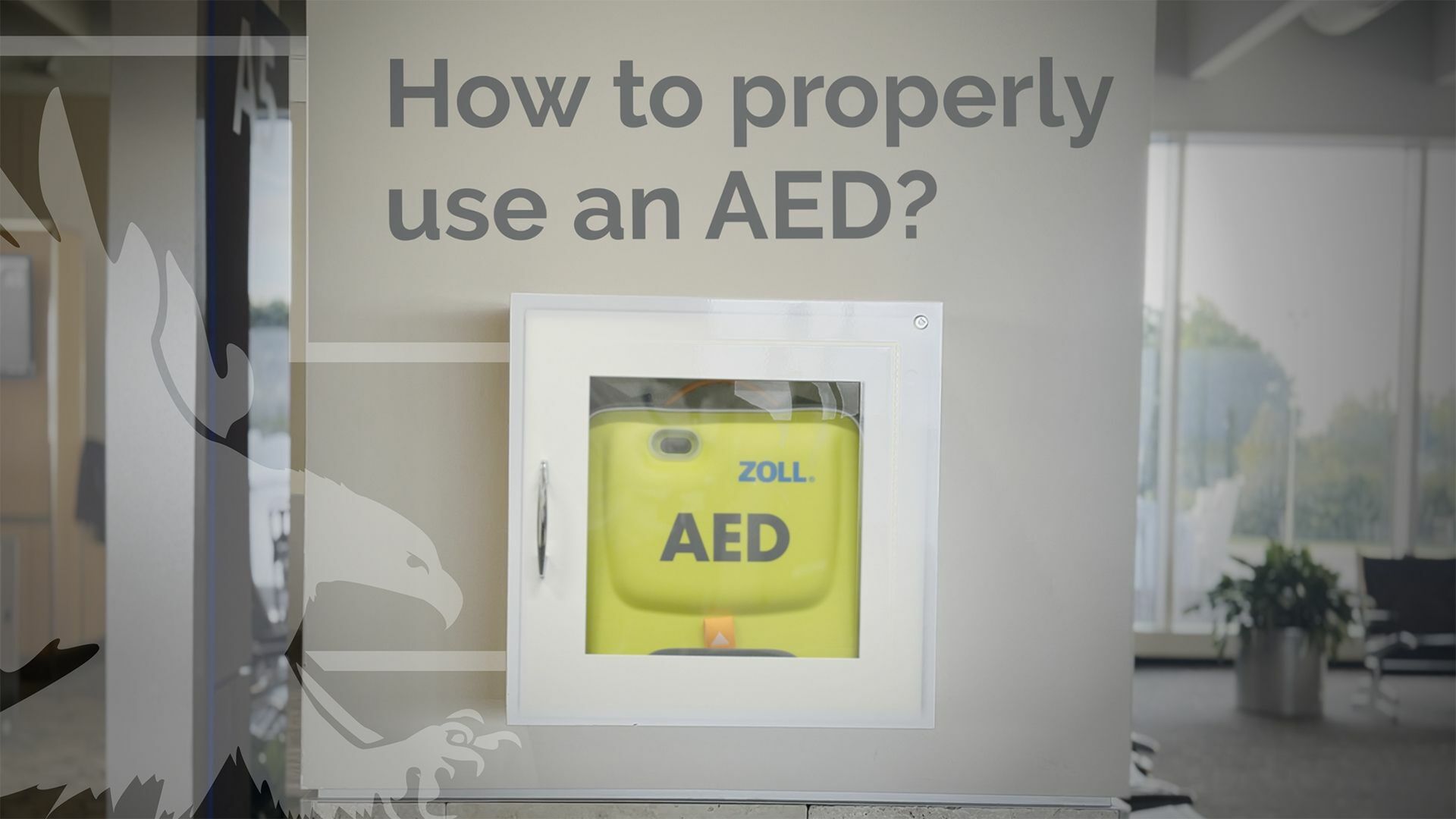Hey everyone, doc Miles at North American Rescue. Today, we're going to talk about how to properly use an AED.
What is an AED? An AED is an automated external defibrillator. Basically, what it does is it looks at the rhythm of the heart. And if need be, it applies a shock that resets the heart's rhythm and gets the heart beating again. So who should we use an AED on? Basically, anybody that goes unconscious doesn't have a pulse and isn't breathing.
We want to put an AED on and we want to do it as quickly as possible. So those are indications to start. CPR. Key to that. When you start CPR, it is also important to get an AED to the patient as quickly as possible. We want to get an AED on the patient as quickly as possible because literally seconds matter when someone's in cardiac arrest.
The quicker we can apply an AED , the better the chance we have of getting their heart to start again. You don't need to wait for EMS. You don't need some specialized training course; you just need to grab it off the wall, apply it to the patient, and follow the instructions. In general, for an AED , they work on someone that is eight years old or older.
So here we have DJ. He's performing hands-only CPR. He's called for an AED. I've come over to bring one to him. He's going to continue to do CPR while I'm getting the AED set up. Call for help. So I'm going to take the packs out so they have to go on bare skin, tear clothing. So I've got the pads open. Go ahead and stop.
Attach pads to the patient's bare chest. I'm going to place the first pad and then the second pad. I'm going to place it over on his left side. Attach pads to the patient’s bare chest. The pads are in place. All right, so I've applied the pads. We're continuing hands-only CPR. I've turned this off for now because obviously our patient doesn't have a heart, so it's not going to analyze.
The next thing that it would do would be to analyze the patient's heart rhythm. It'll instruct you to stop doing CPR, so we stop doing CPR. It will analyze, and then it'll tell us if a shock is advised. If a shock is advised, it'll tell us to stay clear, and then I place my finger over the shock button.
I'll make sure that everybody's clear and no one's touching the patient, and then I'll deliver a shock now as soon as that shock is delivered. We want to resume CPR right away until we get a pulse back. So he'll continue CPR and then we will leave the pads in place. We'll let it analyze again. If indicated, we'll shock again.
So another thing that's important to keep in mind is the patient must be dry. These pads have a little gauze pad attached to it so we can go ahead and dry off the chest if they're really sweaty or if they came outta the water. If they're in the water in a boat, it's important to remember to get them out of any standing water, so we want to get them on a dry surface.
And make sure they're dry before we apply those pads and before we shock that patient or else the electricity instead of traveling through their heart can travel out to the sides and actually shock one of us as we're helping the patient. So that's how to properly use an AED. Remember, time is critical, so get that AED to the patient and get the pads on as quickly as possible.
Follow the instructions. And make sure that you continue to do CPR throughout the process. Don't let the patient lay there without a pulse while you're trying to figure out the machine. Let someone figure out the ad, get it set up while you're doing CPR, and then immediately resume afterwards. Hope it helps.


